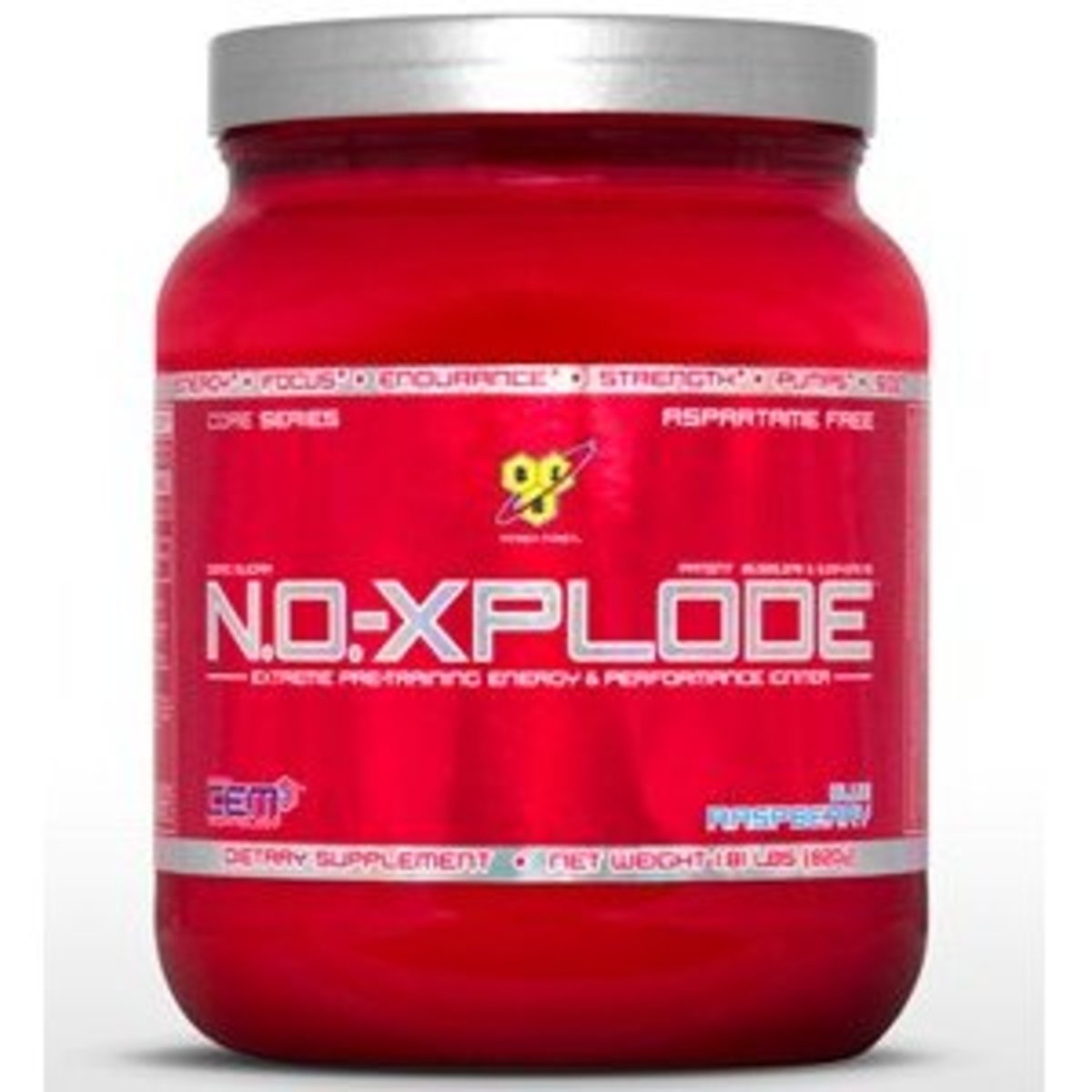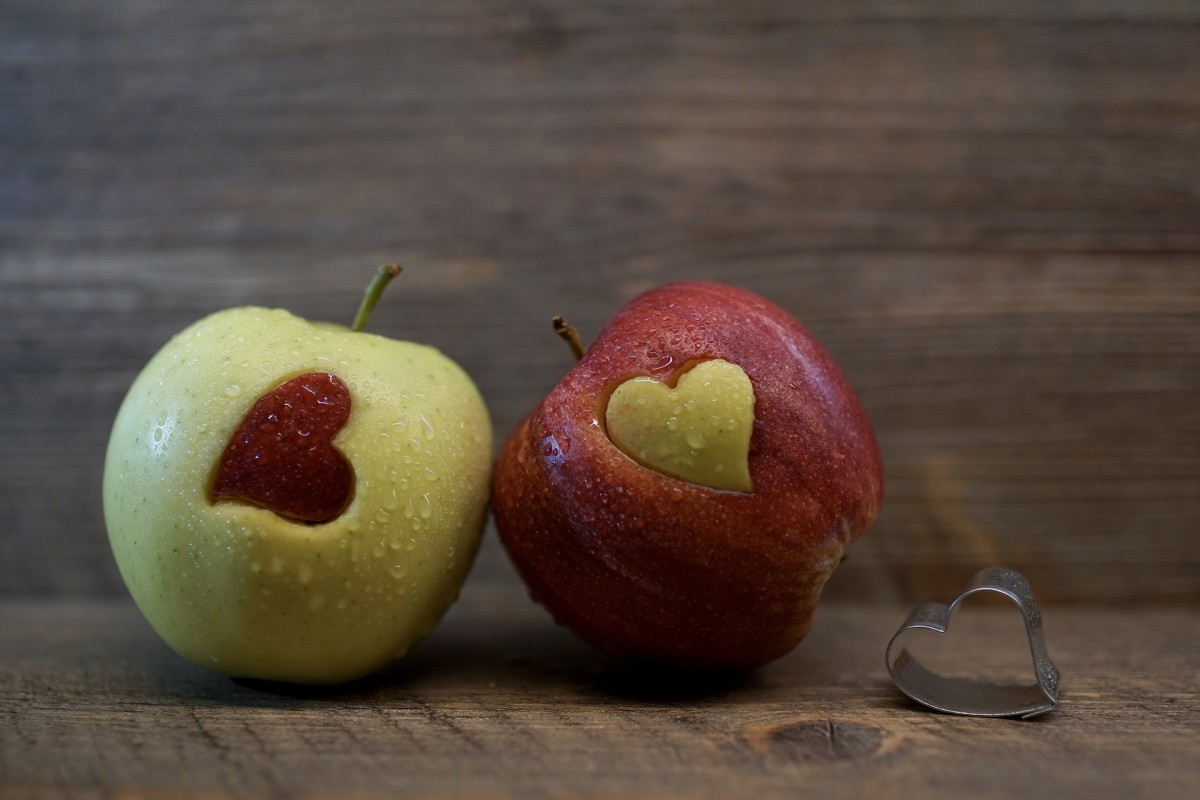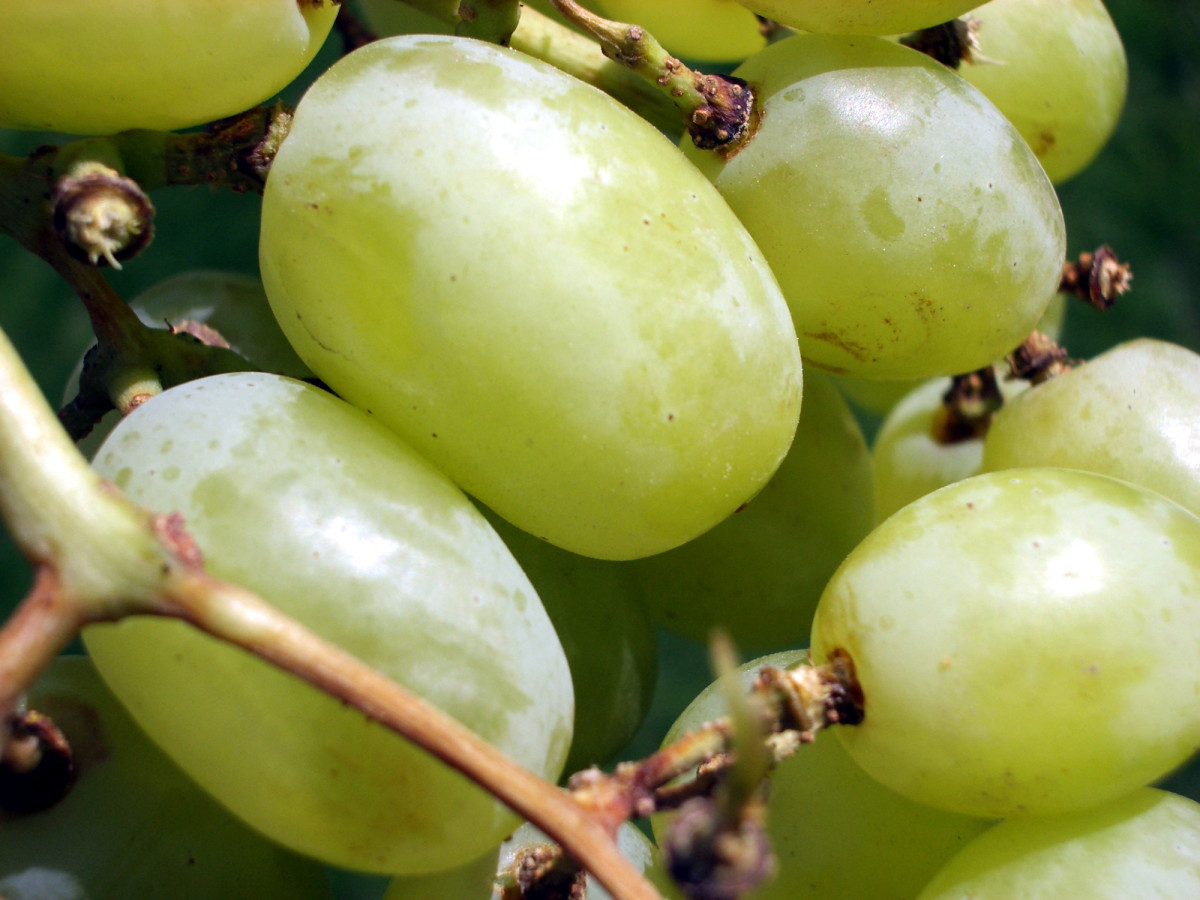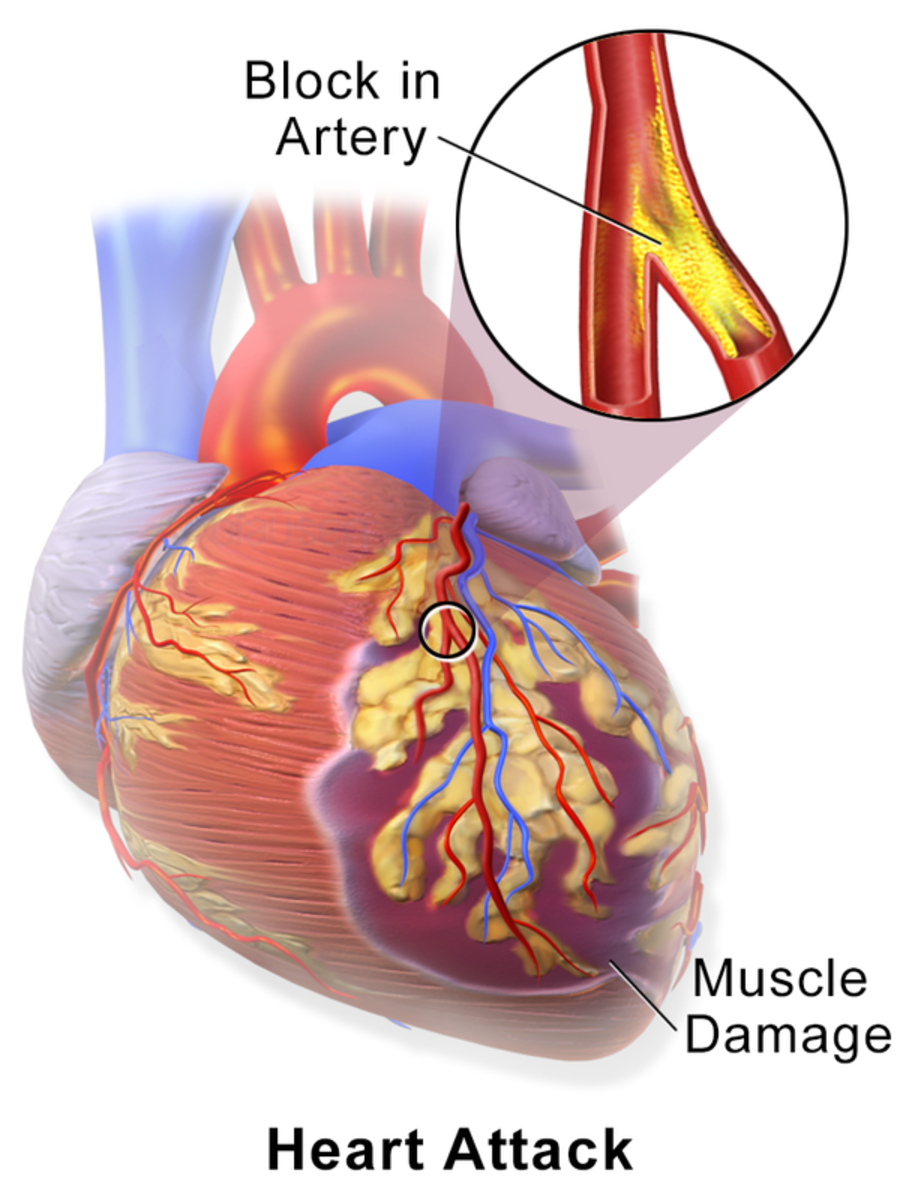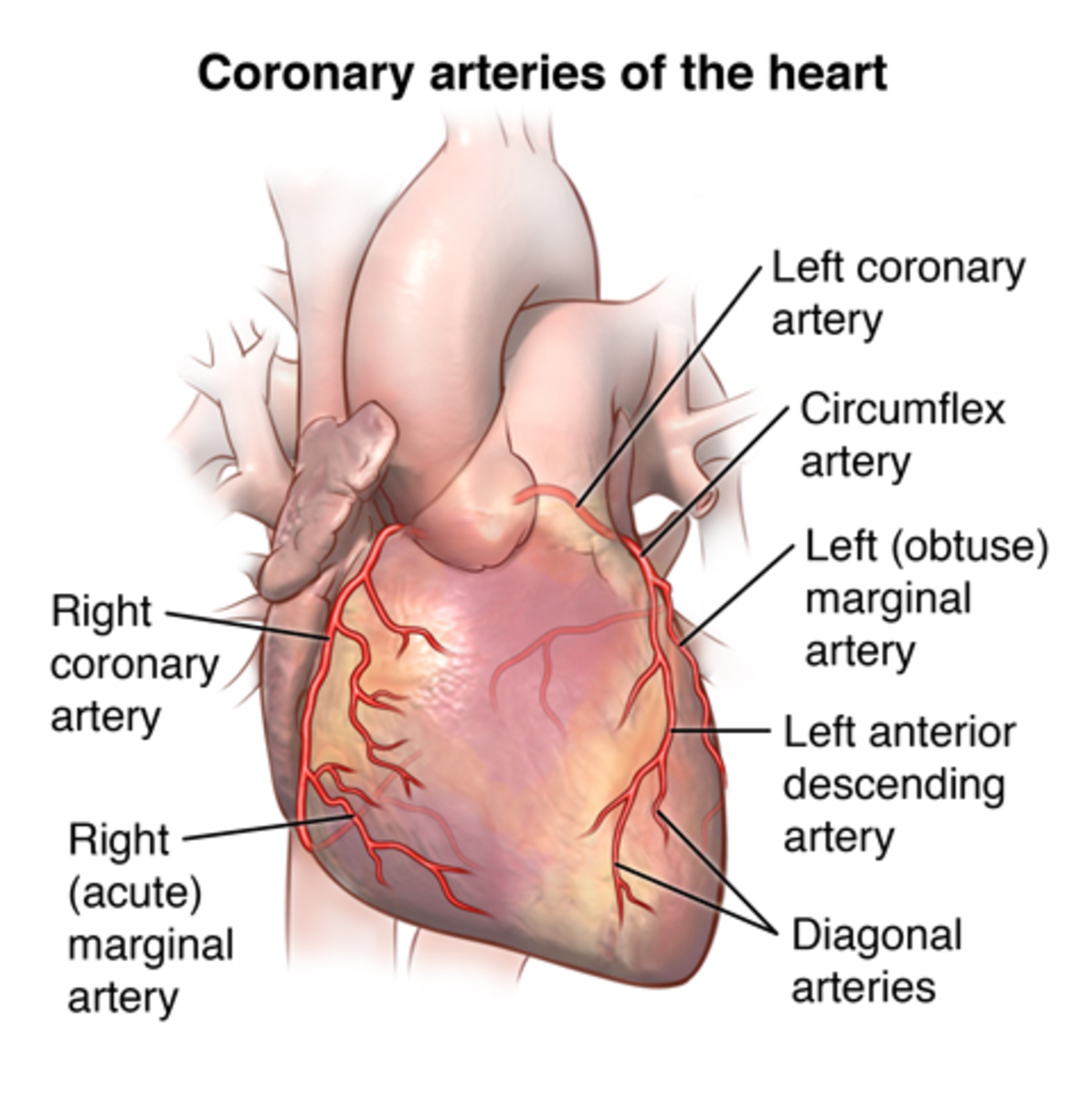How Arginine Prevents or Alleviates Angina (Chest Pain) or Heart Attack
Arginine is a source of nitric oxide (Photo derived from Forbidden Knowledge, Heart Disease Solution Research. Internet. Feb. 16,2013)
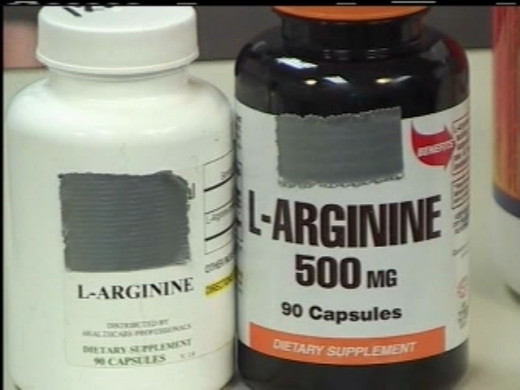
Plain angioplasty
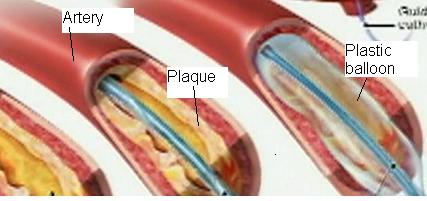
Arginine acted on by nitric oxide synthase produces nitric oxide that alleviates angina or heart attack
We said that a theory is a basis of prevention, or treatment or cure. Let’s see how a theory of heart disease can serve these purposes.
“Free radicals injure the inner wall of the artery that results in a benign tumor called atheroma. The body repairs this atheroma with cholesterol, collagen, elastin and other debris. Calcium apatite joins in later that serves as cementing agent. Their combination grows into a plaque that partially or completely blocks at least one artery. Blood flow to the heart decreases, likewise oxygen for heart muscles decreases that result in angina or heart attack.”
We will call this a free radical theory of heart disease. (I have a Hub on this topic.)
"The tumor (atheroma) thus formed is nonmalignant and will not metastasize or spread to other parts of the body” (Cranton, E., MD. Bypassing Bypass. Updated 2nd edition, 1995:72-73). But it is nonetheless an unwelcome, space-occupying mass on the inside of the artery. Coronary arteries deliver blood to heart muscles. Heart diseases involves these arteries.
Treatment is different from cure. Treatment, in the case of hypertension, is as follows. Given that a person has hypertension, pressure is above 139/79. When he takes a tranquilizer, this blood pressure goes down to 120/70 which is considered within normal range. When he is provoked to anger his blood pressure shoots up to 150/90 that is considered hypertensive. Upon taking a tranquilizer, his blood pressure goes back to normal. The tranquilizer is a treatment.
If he takes a medication and his blood pressure will not shoot up to hypertensive level upon provocation to anger, his medication is a cure. In treatment, the symptoms are alleviated but the disease will not go away. In cure, the symptoms and disease go away.
In the above theory of heart disease, the first concept that we can address is free radicals. Our body produces them, like superoxide that is a by-product of the metabolism of glucose. We get them from the environment like nitrous oxide, ozone, singlet oxygen. Free radicals produce siblings. Superoxide reacting with nitric oxide produces peroxynitrite; superoxide reacting with each other catalyzed by superoxide dismutase produces hydrogen peroxide. These siblings are called reactive oxygen species (ROS). Both free radicals and ROS are involved in oxidation that is why they are called oxidants. Free radicals and ROS are neutralized by our built-in antioxidants like superoxide dismutase, and glutathione peroxidase.
If we did not know that free radicals and ROS cause disease, we would not mind them. That is what conventional medicine is doing. It is snubbing free radicals and ROS as causes of disease for reasons other than science or medical sense. Among reasons are profits that Big Pharma get from sale of drugs. It cannot snub free radicals altogether, however. Conventional medicine uses chemo whose active agents are free radicals that kill cancer cells and healthy cells as well. (I have Hubs on this topic.)
The next concept that we can address is cholesterol. The matter of concern is the low density lipoprotein (LDL). The chicken egg yolk contains some 67 grams of LDL. Free radicals and ROS oxidize LDL and convert it into lipid-oxy that itself is a ROS. The reason is that LDL-oxy has molecular oxygen, a free radical, as component, with its two unpaired electrons intact. The macrophage, a component of immune system, engulfs LDL-oxy, their combination turns foamy that clings to the atheroma. That’s how cholesterol, LDL, lipid-oxy contribute to plaque.
There are many ways to counter build up of cholesterol level. The chicken egg is safe to eat with respect to heart disease, if it is poached, soft boiled, hard boiled without cracking the shell to avoid oxidation of its LDL.
Cholesterol is not a cause of heart disease. It is only a risk factor that exacerbates the effects of causes. Cholesterol level is not a reliable predictor of heart attack, unless it is too severe. Many diabetics die of heart disease or cardiac arrest because their cholesterol level is high. A risk factor is a device used to predict the probability that a person will contract disease (DeBakey, M. MD and A. Gotto, Jr., MD. The New Living Heart. 1997).
The next concept to address is blood flow or oxygen supply. These two are faces of the same coin. Blood is the carrier of oxygen so that less blood flow means less oxygen. When the heart muscles are starved for oxygen, cell receptors for pain are stimulated. The signal is transmitted to the brain that transmits it back to the heart. But sometimes the message misses the heart and lands on the left shoulder or arms and chest. That is called angina. If the lack of oxygen is severe that results in the death of a lot of heart muscles such that the heart fails to pump, heart attack occurs.
When the plaque blocks 50% of the inner diameter of an artery, blood flow is still normal. But once the plaque blocks more, like 75% of the diameter symptoms like angina pectoris manifest. However, this 50% blockage can be heard as murmur and may show up in the ECG (electrocardiograph). That is why it pays to check up for heart disease even if you don't feel symptoms.
Better yet, go for free radical load test that is now available. If your load is high there is a high chance that you will get injury in cells that may graduate as heart disease or tumor then cancer. The test is a preventive step.
How to remedy lack of blood flow or lack of oxygen?
The first task is to prevent atheroma. That can be done by establishing a balance between the built-in body antioxidants and supplement antioxidants like vitamin C, A, E, melatonin, coenzyme Q10.
The next task is prevention of lipid-oxy. Then take care of calcium apatite; more of this later, on chelation therapy.
A lot can be done to alleviate angina or heart attack with the use of arterial dilators. These dilators can be obtained from herbs and drugs.
For example, arginine. The correct form is L-arginine. “L” means left; arginine has two faces, as it were. It also has a right face. Arginine is an amino acid.
The enzyme endothelium nitric oxide synthase acts on L-arginine and produces nitric oxide (NO). NO is a free radical, a good one. There are three kinds of NO depending on the enzyme that catalyzes their production. Let’s label it as NO/eNOS to distinguish it from the other two: NO/iNOS produced by the inducible nitric oxide synthase, and NO/nNOS produced by the neuron nitric oxide synthase. (I have a Hub on three categories of free radicals where I discuss this topic in more detail.)
NO/eNOS is a messenger that tells the inner wall of the artery, called endothelium, to dilate. Of course, eNOS is produced by the endothelium. The production of eNOS is normal and the work of NO/eNOS is normal as long as the endothelium is normal. However, when the endothelium has sustained an atheroma or a plaque, it stops producing NO/eNOS. The injured wall leaks copper and iron that catalyzes the production of hydroxyl free radical.
NO was first called endothelium-derived relaxation factor (EDRF) by Robert Futchgott (Ornish, D., MD. Dr. Dean Ornish’s Program for Reversing Heart Disease. 1996). Ferid Murad found that nitroglycerin (Isordil, Imdur) is producing NO. Louis Ignarro found that EDRF and NO are the same. The three shared the Nobel Prize in medicine in 1998.
Their research opened a spate of medical research on free radicals and ROS. There are over 32,300 publications on nitric oxide between 1999 to 2004 (Hassid, A. Editor. Nitric Oxide Protocols. Second edition. 2004:v). We now know that there are three kinds of NO. iNOS can be induced in cancer cells. Once in cancer cells, iNOS produces NO that kills cancer cells. (I have a Hub "Better than chemotherapy, a new method to cure cancer").
The endothelium stops producing NO just when it is needed owing to atheroma and plaque, laments Dr. Ornish.
Now if your endothelium is normal you can take L-arginine just to be sure. If you have atheroma or plaque, taking L-arginine is a big help.
NO/eNOS ensures flexibility of arteries and prevention of atherosclerosis or hardening of arteries.
How to remedy the plaque?
Conventional medicine applies medications, coronary arterial bypass graft surgery (CABG) and plain angioplasty or angioplasty with stent.
Conventional medications (Isordil, aspirin, warfarin, tranquilizers,. beta blockers, calcium channel blockers) only treat heart disease. They are not cures of heart disease.
CABG is also a treatment; it is not a cure for heart disease. CABG has mortality rate of 2 to 5%. Besides, it deals with arteries one at a time. Several arteries may develop plaques; CABG is not a guarantee of long life; new plaques may develop because the causes (free radicals and ROS) are still around.
Plain angioplasty has a similar outcome as CABG, with a mortality rate of 2 to 5%. Angioplasty with stent is not a cure either. Stent is like a prop, a scaffolding left behind after inflating the plastic balloon where the artery is narrowed.
“The stent itself is biodegradable, designed to slowly deteriorate over a three-month period - the period when the artery is most vulnerable to closing up again - all the while releasing small, measured doses of the novel anticoagulant” (Fisher, J., MD. Rx 2000. 1992:167).
The plaque can be dissolved by chelation therapy that also ejects iron. (I have several Hubs on this topic.)
Perfusion injury
There is an injury caused by free radicals after heart attack had been remedied by anti-coagulants. That is called perfusion injury. It's as follows: Given that revived heart muscles produce energy with superoxide as by-product. Oxygen is the signal for the production of superoxide dismutase (SOD), an enzyme that attaches one proton and one atom of hydrogen to superoxide (Sharma, H. Freedom from Disease. 1993). The result is hydrogen peroxide, a ROS (more of this later). But during heart attack, there is no oxygen to signal SOD. When blood rushes in after heart attack had been remedied, there is also a flood of free radicals in heart muscles that are sure to inflict perfusion injury. These free radicals must be neutralized, otherwise there would be another heart attack. Supplied L-arginine would be of big help to neutralize perfussion injury.
Some conventional cardiologists mislook perfusion injury because they snub free radicals as cause of disease. Another method to counter perfusion injury is by hyperbaric oxygen chamber that delivers 100% oxygen at a pressure equivalent when you are 30 ft below water surface (Cranton, E. MD. Bypassing Bypass. Updated second edition. 1995).
"...With their natural antioxidant enemies (SOD) depleted by the pathology (heart attack) that has already taken place in the muscle, the free radicals are virtually unopposed in their effort to wreck biochemical havoc, causing more damage than the initial heart attack itself This destruction of tissue, called reperfusion injury, may not manifest itself for several months or even years, but these diabolical molecules definitely weaken the heart for the future" (Fisher, J. MD. Rx 2000. 1992:170, parentheticals supplied).
To backtrack on hydrogen peroxide. There is no other reaction except from superoxide then hydrogen peroxide, catalyzed by SOD. It would appear that SOD turns the situation worse. That's true if nothing else comes to the rescue. Enters glutathione peroxidase that attaches one electron to hydrogen peroxide and turns it into safe water. Glutathione is an enzyme system: glutathione peroxidase dismantles hydrogen peroxide; glutathione reductase recycles glutathione peroxidase; glutathione synthase makes glutathione out of glutamate, cystine and cysteine with co-factors zinc, selenium, vitamin B2 (riboflavin) and lipoic acid.
All these ingredients are found in food, except lipoic acid that the body makes. Noni (Morinda citrifolia L) can supply these ingredients. You get cystine and cysteine from onions and garlic. You get selenium from cashew nuts; zinc from amaranth, a vegetable. You get B2 from almonds, cheese, egg yolks, legumes, milk, broccoli, soy products, organ meats, poultry, yogurt, whole grains.


